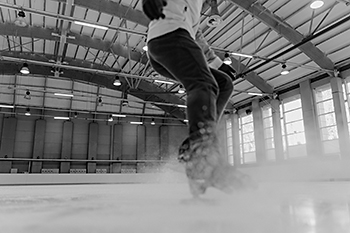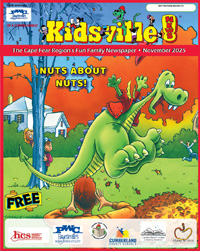 Figure skating is both an athletic and artistic pursuit. Figure skaters often begin training at very young ages and undergo intense sessions if they have goals to skate competitively.
Figure skating is both an athletic and artistic pursuit. Figure skaters often begin training at very young ages and undergo intense sessions if they have goals to skate competitively.
However, the majority of people who take to the ice during the holiday season or when local rinks have open skate sessions probably do not aspire to compete in national competitions or the Olympics.
Such individuals enjoy the physical workout and want to learn to skate better.
It's never too late to learn how to skate. These guidelines can help the process for beginners.
• Start with realistic expectations. Your first time out on the ice might not be your finest hour of skating. Although some people are "naturals," learning to balance on two thin blades on a very slick surface takes practice. Go slowly and expect that you will fall several times. Increase your confidence in small increments.
• Build up your core. According to former professional figure skater Cleo McGee, ice skating is a sport that requires a lot of core strength. Enroll in a pilates or yoga class or another core-strengthening activity, which can help you once you're on the ice.
• Consider a figure skating club. Aspiring skaters in the United States can find places (and often coaches) with whom to train through the U.S. Figure Skating body.
Search for a club near you online. In Fayetteville, the Airborne Ice Skating Learn to Skate team skates at Cleland Ice Rink at Fort Liberty.
• Get the right equipment. Beginner skaters may be tempted to rent skates, and that is fine for the first time out on the ice.
However, if you commit to figure skating, it's best to purchase skates that fit you well. Used skate blades may be dull and not as well-maintained. Also, invest in hip pads, padded shorts and knee pads to protect areas of the body when falls inevitably happen.
• Avoid blisters and cold hands. Wear gloves and two pairs of socks to protect your extremities. It's cold on the ice, particularly when skating outdoors.
• Hit the rink at the right time. Learning to skate with dozens of harried skaters zooming around you can induce anxiety. If possible, try to visit the rink when it is relatively empty and the ice has been freshly prepped. Trying to glide when there are a lot of ice shavings and people can prove challenging.
• Take some lessons. Learning the right technique is key, and the U.S. Figure Skating Association recommends working with a trained coach. These early lessons will help you learn basics like skating on two feet, stopping, performing dips, getting up from falls, and eventually spins and jumps, if desired.
Learning proper skills from the start can move progress along and help prevent injuries.
With a little patience, bravery and training, beginners can get started on their figure skating journeys.

 How to resolve AdBlock issue?
How to resolve AdBlock issue? 








